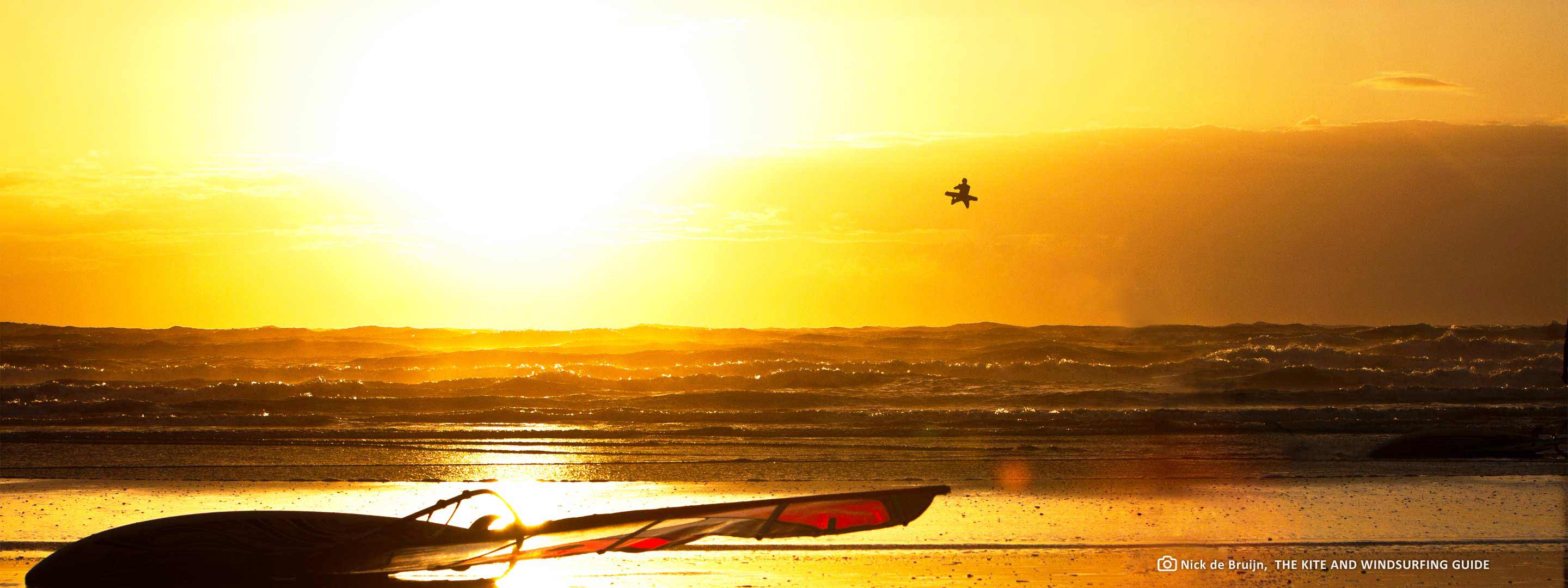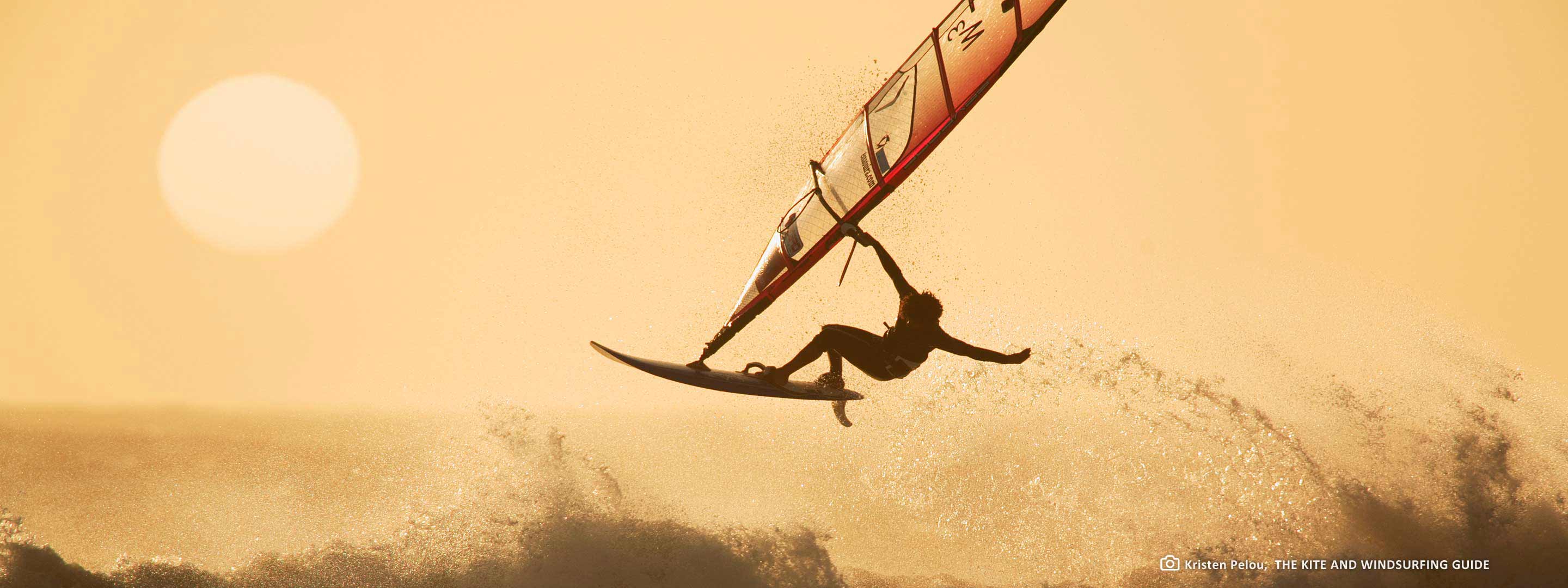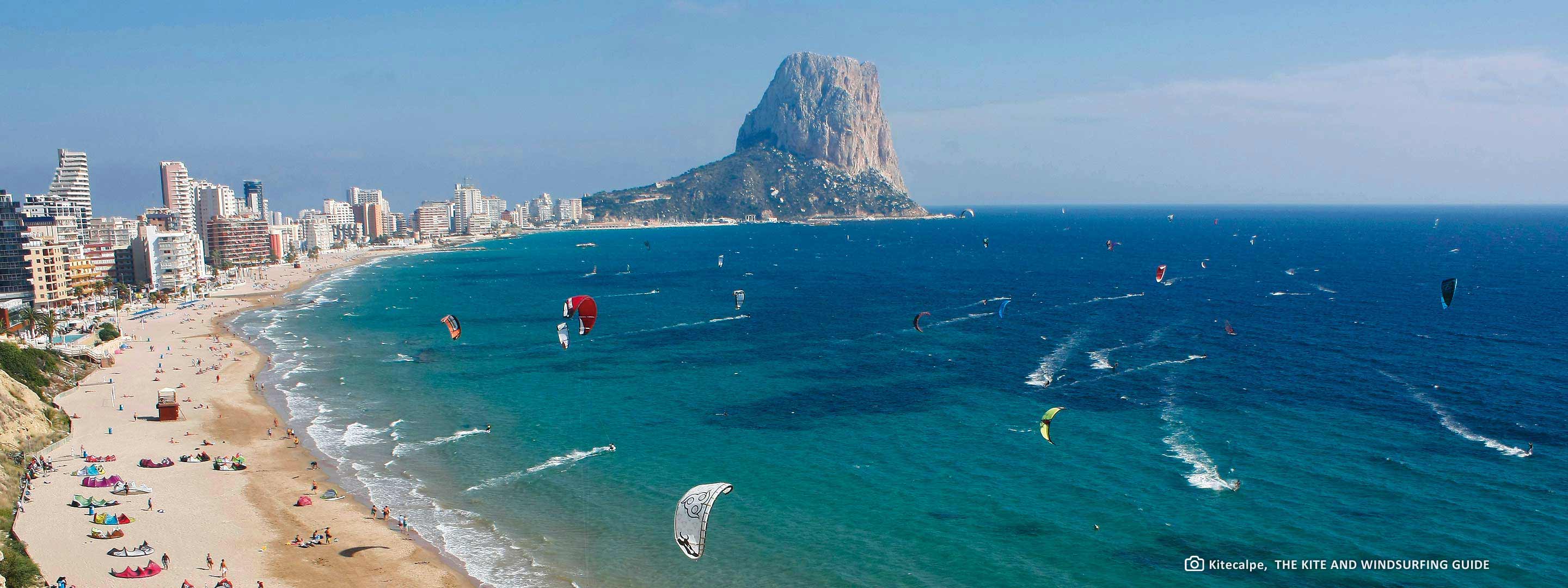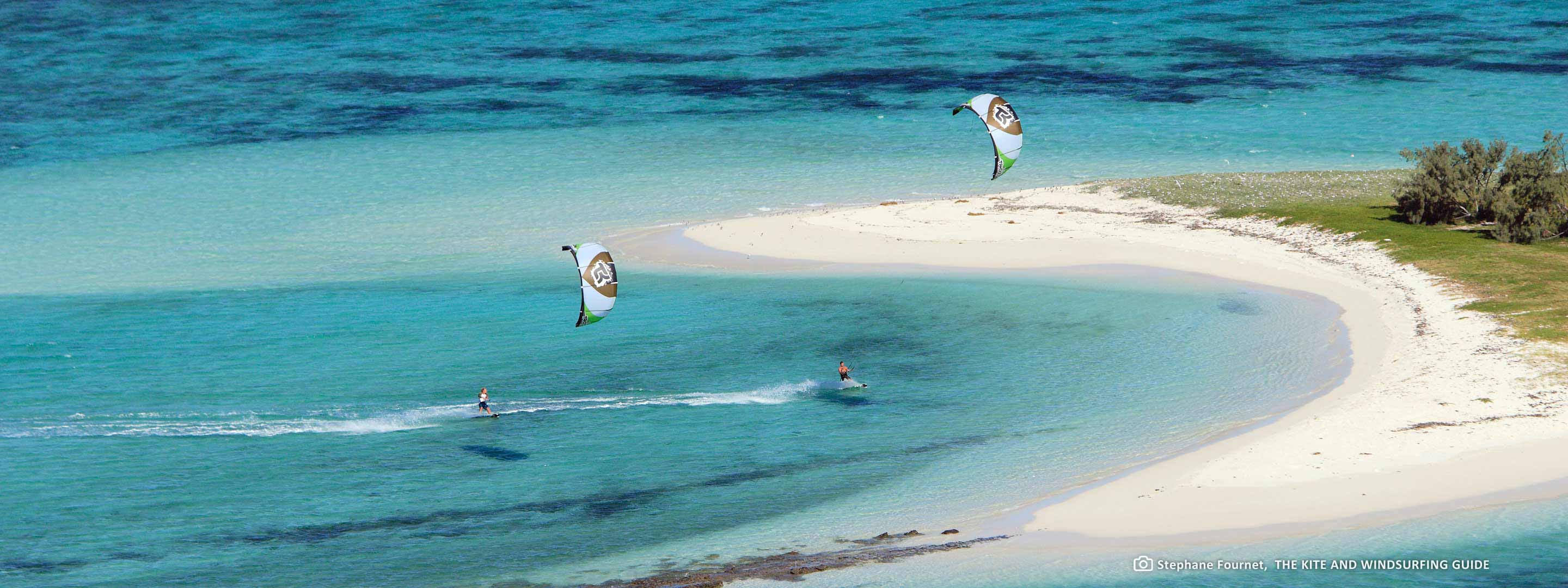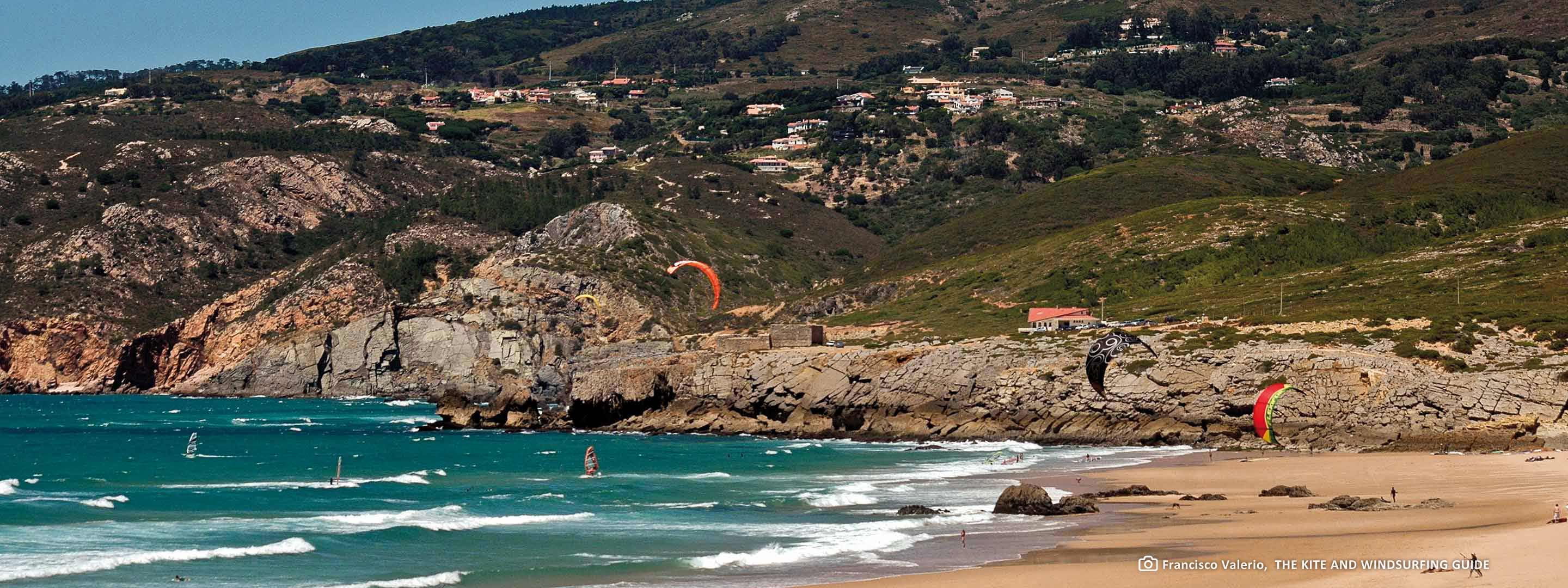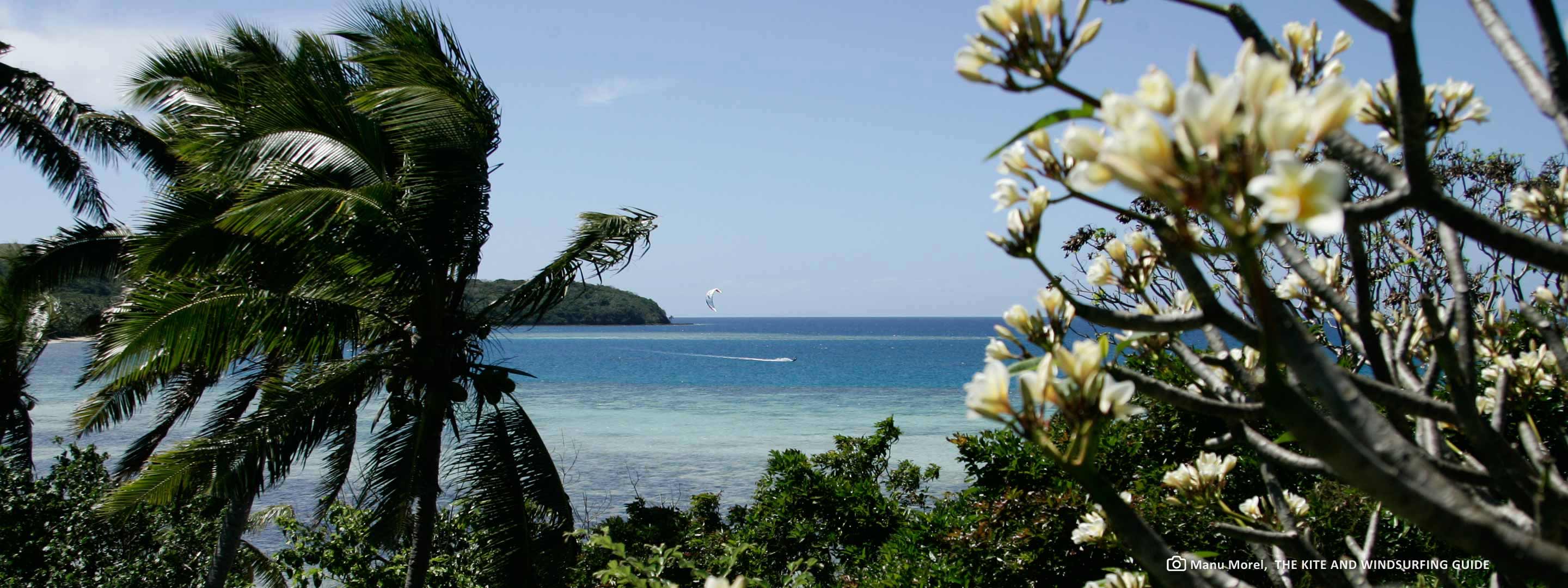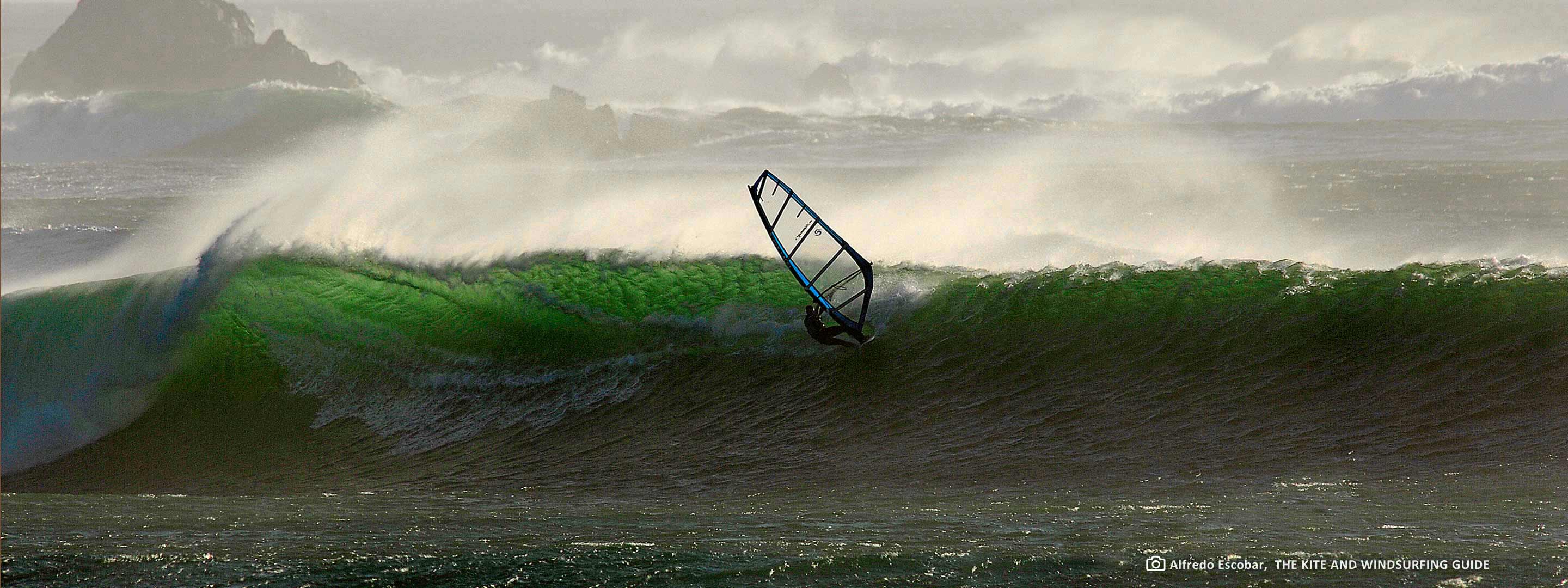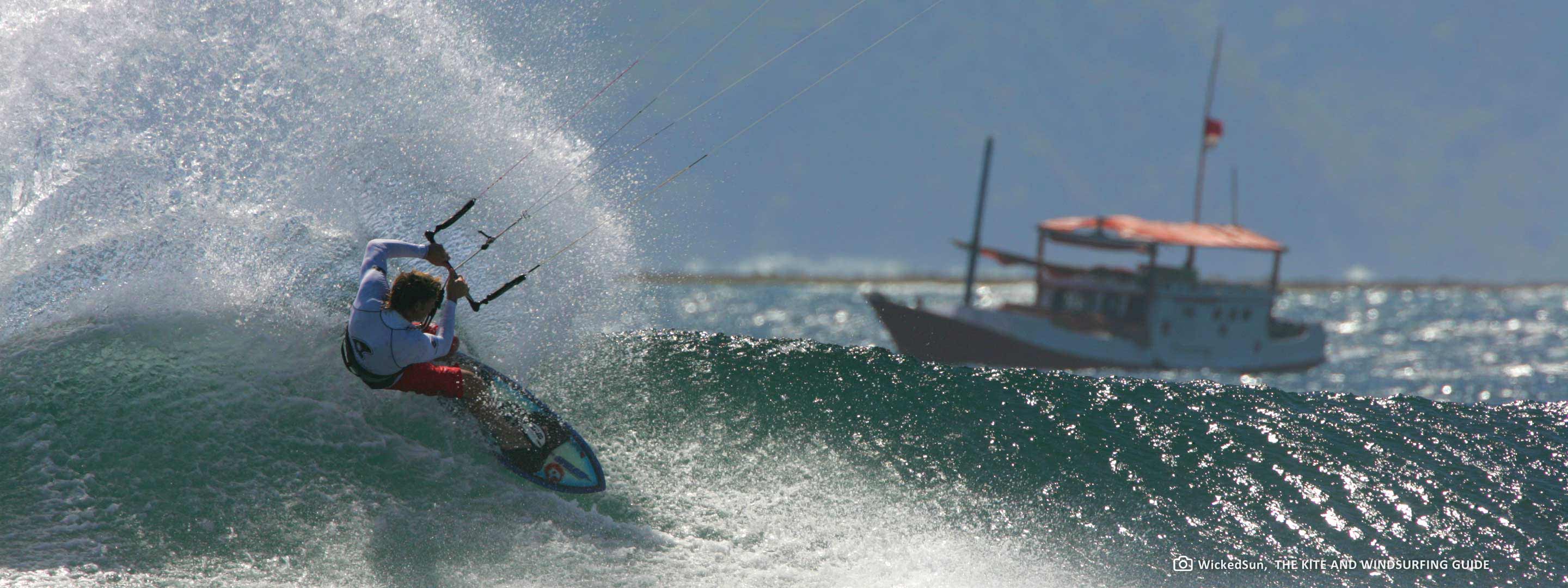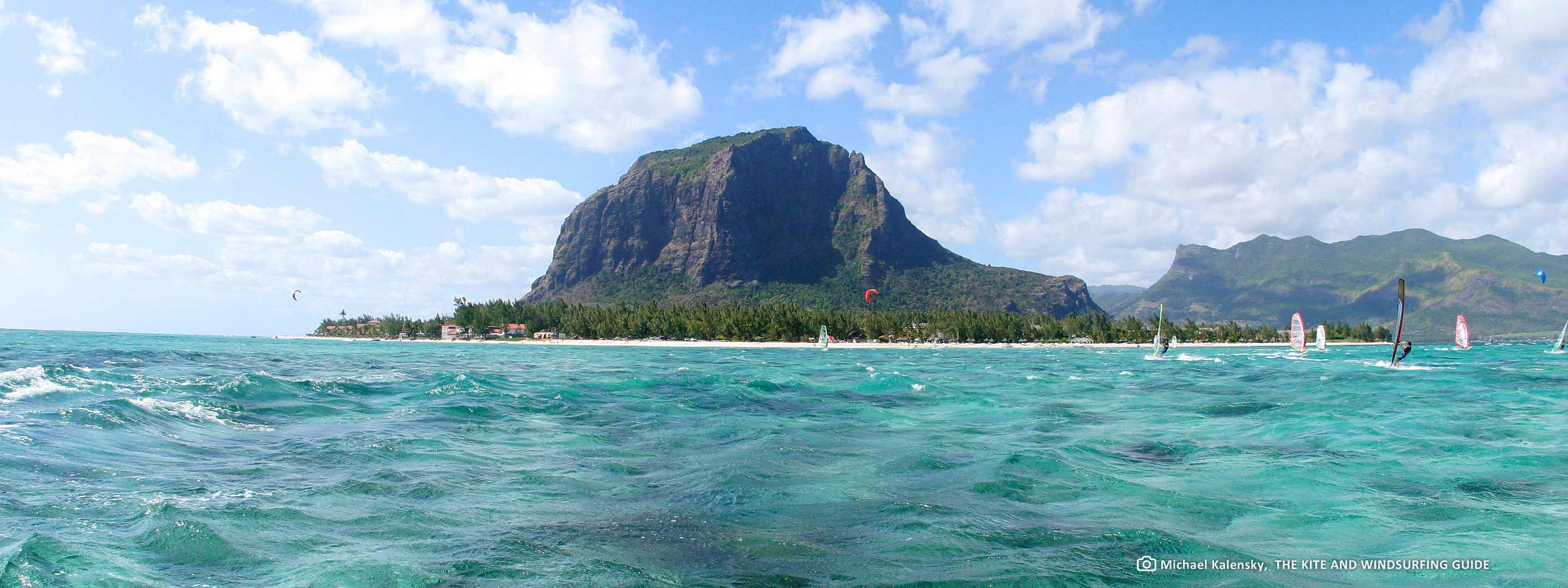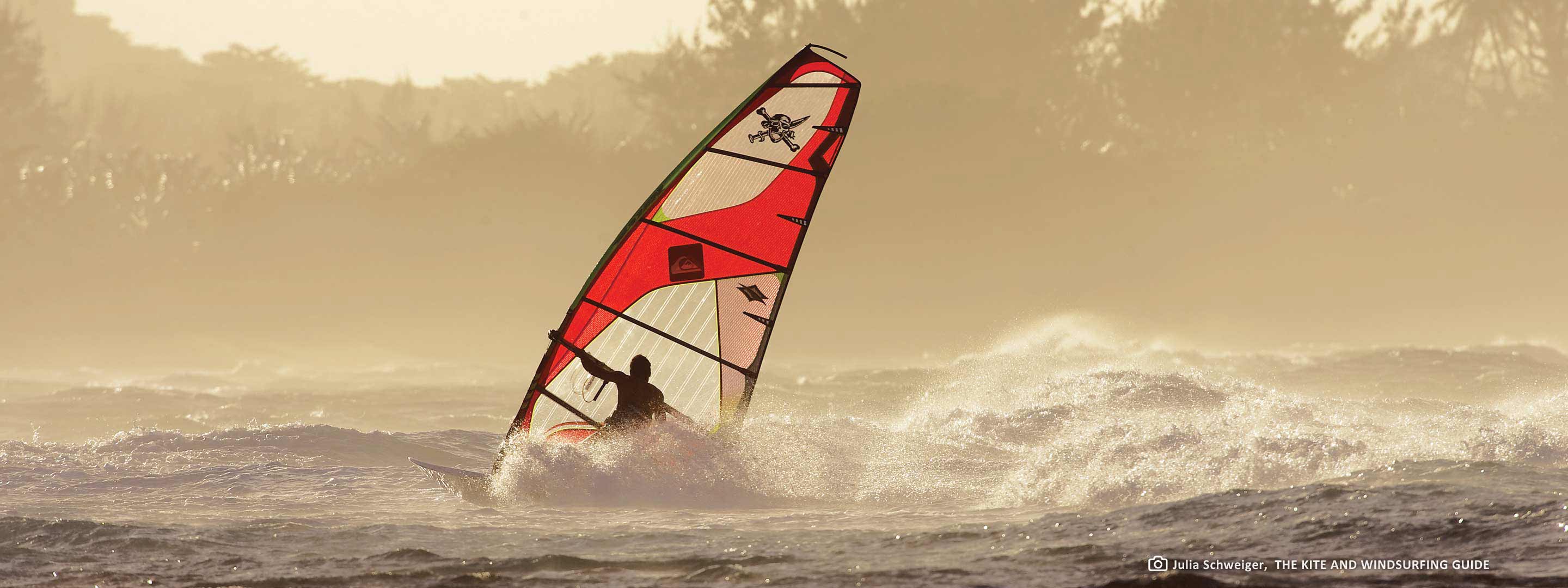Jongdali Beach
Jejudo
Auszug aus dem KITE AND WINDSURFING GUIDE:
Right in the heart of an industrial port, only locals and tough-guys sail at Pohang Beach. Steer well clear of the shipping lanes at all costs. There are two launches: the smaller north beach and a slightly bigger one south of the port near the airport. Matching the mood of the place, a couple of scrapped sea containers double as local windsurf and kitesurf shops. Further south as the coastline begins to sweep west, summer’s prevailing SW Monsoon wind yield improves. Jinha Beach near Ulsan is the PWA event site. This gusty summer freeride spot can also deliver fierce winter conditions for the extremely hardy, and occasionally even some nice waves. Songjeong Beach is on the north-eastern outskirts of Busan, Korea’s largest seaport. The surrounding hills mean gusty winds, but the biggest challenge in summer is finding space to launch amongst all the parasols. Overall, Busan surely eclipses any concept you might have of a major industrial port and bustling residential area. A little way out of the city and therefore somewhat quieter, Dadepo Beach sits out on a small peninsular so scores better wind. But for the best wind, and even a chance of waves, the ferry from Busan takes about 11 hours to the honeymoon island of Jeju-Do. Sitting between the Yellow Sea to the west, Japanese Sea to the east and South China Sea to the south, this volcanic island is well exposed to the elements. A subtropical climate means Jeju-Do also offers more comfortable temperatures, especially on the south coast, although most of the beaches are small with lots of rocky outcrops– kiters in particular need some experience behind them. One of these rocky spots, the point-break at Hamo Beach is the best on the island in NW winds. HyubJai Beach on the west coast is primarily a windsurf spot but advanced kiters can brave the rocky launch. A kilometre from the end of Jeju-Do Airport’s runway is Iho Beach. Launch between the seawalls from a mere 50m of beach – and bear in mind there’s nowhere else to land either side. Suburban Samyang Beach is a little more open, but the beach is still narrow enough to get kiters’ feet wet when launching. Hamdeok Beach is a double bay bisected by a large rocky point. It’s hardly a clean waveriding venue, but great for bump-&-jump in strong NW winds. In contrast, Jongdali Beach on the east coast is well sheltered from windswell. As is Sinyang Beach, home to the Korean Windsurfing Association training centre – although strong winds or typhoon swells mean waves outside the bay. Supji Koji at the head of the peninsular is very pretty, but it’s a long walk to yet another rocky launch. There’s a chance of summertime waves at Jungmun Beach on the south coast, the wave has potential but the beach is very rocky below a line of cliffs that make for a narrow wind window.
